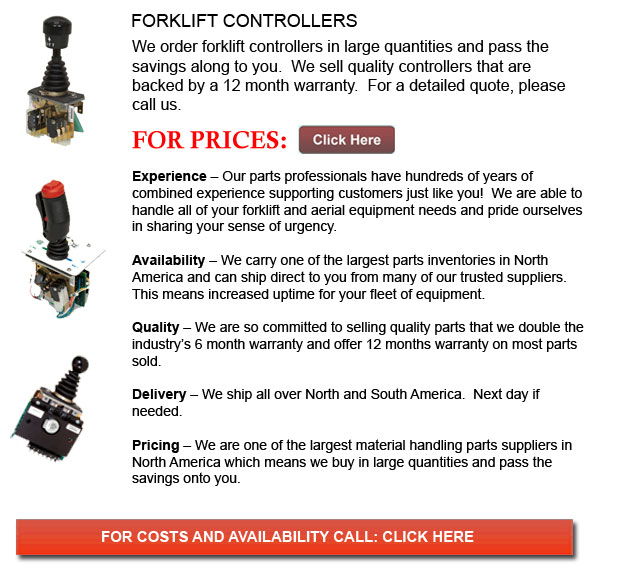
Controllers for Forklift - Lift trucks are available in different load capacities and a variety of units. The majority of lift trucks in a regular warehouse surroundings have load capacities between 1-5 tons. Bigger scale units are utilized for heavier loads, like for example loading shipping containers, can have up to fifty tons lift capacity.
The operator could utilize a control in order to raise and lower the forks, which can also be referred to as "tines or blades". The operator of the forklift can tilt the mast to be able to compensate for a heavy loads tendency to tilt the tines downward. Tilt provides an ability to work on rough surface as well. There are yearly contests for skilled forklift operators to compete in timed challenges as well as obstacle courses at regional lift truck rodeo events.
All lift trucks are rated for safety. There is a particular load limit and a specified forward center of gravity. This vital info is supplied by the manufacturer and located on the nameplate. It is essential loads do not exceed these specifications. It is against the law in many jurisdictions to tamper with or take out the nameplate without getting permission from the lift truck maker.
Most lift trucks have rear-wheel steering to be able to enhance maneuverability. This is very helpful within confined spaces and tight cornering spaces. This particular kind of steering differs rather a bit from a driver's first experience together with various motor vehicles. Because there is no caster action while steering, it is no needed to use steering force in order to maintain a continuous rate of turn.
Instability is another unique characteristic of lift truck operation. A constantly varying centre of gravity occurs with each and every movement of the load between the lift truck and the load and they need to be considered a unit during operation. A forklift with a raised load has gravitational and centrifugal forces which may converge to bring about a disastrous tipping mishap. To be able to avoid this possibility, a forklift should never negotiate a turn at speed with its load raised.
Forklifts are carefully built with a cargo limit intended for the blades. This limit is decreased with undercutting of the load, which means the load does not butt against the fork "L," and also decreases with tine elevation. Generally, a loading plate to consult for loading reference is situated on the lift truck. It is unsafe to use a forklift as a personnel hoist without first fitting it with certain safety devices like for example a "cage" or "cherry picker."
Lift truck utilize in warehouse and distribution centers
Lift trucks are an important component of warehouses and distribution centers. It is vital that the work environment they are placed in is designed so as to accommodate their safe and efficient movement. With Drive-In/Drive-Thru Racking, a forklift has to go within a storage bay that is several pallet positions deep to put down or obtain a pallet. Operators are often guided into the bay through rails on the floor and the pallet is located on cantilevered arms or rails. These tight manoeuvres require trained operators to be able to do the job safely and efficiently. As each pallet requires the truck to enter the storage structure, damage done here is more common than with other types of storage. If designing a drive-in system, considering the size of the blade truck, together with overall width and mast width, should be well thought out so as to be certain all aspects of an effective and safe storage facility.
![]() Click to Download the pdf
Click to Download the pdf
Forklift Parts
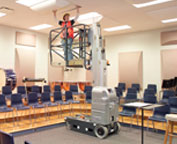
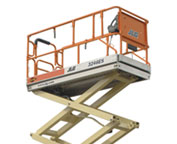
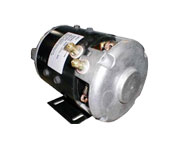
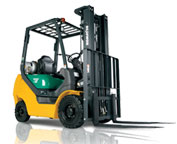
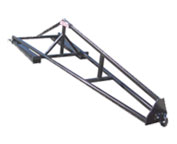
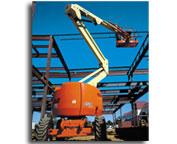
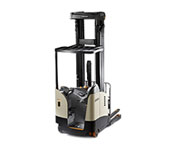
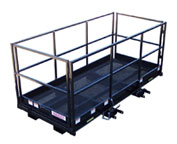
Lift Parts Express
TOLL FREE: 1-888-695-7994
LOCAL: 503-512-6230
2870 NE HOGAN RD E-445
Gresham, Oregon
forkliftpartsgresham.com
Email Us
About Us


